Brakes are one of the most essential safety features in any vehicle, and they come in various types, each designed for specific performance and usage needs. Whether you’re purchasing a new car, upgrading your braking system, or simply curious, understanding the differences between brake types can help you make informed decisions. Let’s explore the primary types of brakes used in modern vehicles.
1. Disc Brakes
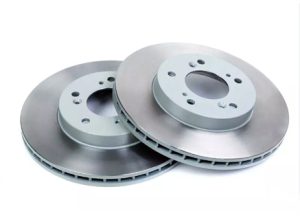
Disc brakes are the most common type of braking system in modern cars. They use a rotor (or disc) and a caliper to create the friction needed to stop the vehicle.
How They Work:
- When the brake pedal is pressed, hydraulic fluid forces the caliper to squeeze the brake pads against the rotor.
- The friction generated slows down and stops the vehicle.
Advantages:
- Superior stopping power.
- Better heat dissipation, reducing the risk of brake fade.
- Highly effective in wet conditions.
Common Use: Disc brakes are typically found on the front wheels of most cars and on all four wheels of performance or high-end vehicles.
2. Drum Brakes
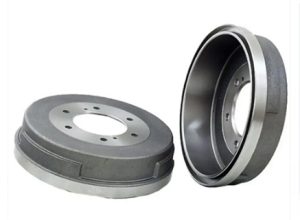
Drum brakes are an older technology but are still used in some vehicles, especially for rear wheels.
How They Work:
- A hydraulic system pushes brake shoes outward against the inside of a spinning drum attached to the wheel.
- The friction slows and stops the vehicle.
Advantages:
- Lower manufacturing costs.
- Durable and long-lasting in low-stress applications.
Common Use: Drum brakes are commonly found on the rear wheels of economy cars and some trucks.
3. Anti-Lock Braking System (ABS)

ABS is a safety feature integrated into disc and drum brake systems to prevent wheel lockup during hard braking.
How They Work:
- Sensors monitor wheel speed, and if a wheel starts to lock, the ABS module modulates brake pressure to maintain traction.
Advantages:
- Prevents skidding and loss of control.
- Shorter stopping distances on slippery surfaces.
- Improved steering control during emergency braking.
Common Use: ABS is a standard feature in most modern cars and required by law in many countries.
4. Emergency Brakes (E-Brakes)
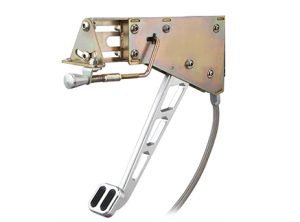
Emergency brakes, also known as parking brakes, are a secondary braking system independent of the main hydraulic brakes.
How They Work:
- Typically engaged by pulling a lever, pressing a pedal, or activating a button.
- Uses a cable to mechanically apply the brakes, often to the rear wheels.
Advantages:
- Provides an additional layer of safety.
- Holds the vehicle stationary when parked.
Common Use: Used in all vehicles as a backup braking system and to prevent the car from rolling when parked.
5. Regenerative Brakes
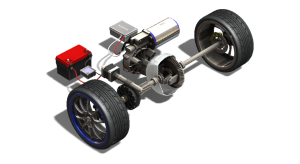
Regenerative braking systems are primarily found in electric and hybrid vehicles. They convert kinetic energy into electrical energy to recharge the battery.
How They Work:
- When the driver applies the brakes, the electric motor reverses its operation to act as a generator.
- This process slows the car while recovering energy.
Advantages:
- Increases energy efficiency.
- Reduces wear on traditional brake components.
Common Use: Standard in electric vehicles (EVs) and hybrids.
6. Hydraulic Brakes
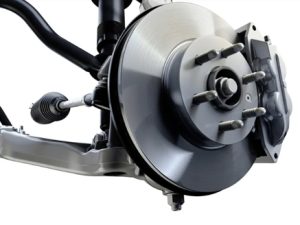
Hydraulic brakes rely on brake fluid to transmit force from the brake pedal to the braking mechanism.
How They Work:
- Pressing the brake pedal creates hydraulic pressure in the brake lines.
- This pressure activates the brake pads or shoes to create friction.
Advantages:
- Reliable and efficient force transmission.
- Consistent braking performance.
Common Use: Standard in most passenger vehicles.
7. Air Brakes
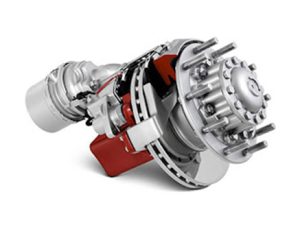
Air brakes are commonly used in large vehicles such as buses and trucks.
How They Work:
- Compressed air is used to activate the braking system.
Advantages:
- Highly effective for heavy vehicles.
- Minimal risk of brake fluid leaks.
Common Use: Heavy-duty commercial vehicles.
Final Thoughts
Each type of brake serves a specific purpose, and many modern cars use a combination of these systems to achieve optimal safety and performance. Understanding the differences can help you maintain your vehicle better and make informed decisions about upgrades or repairs. Always ensure your brakes are inspected regularly and serviced by a professional to keep them in top condition.